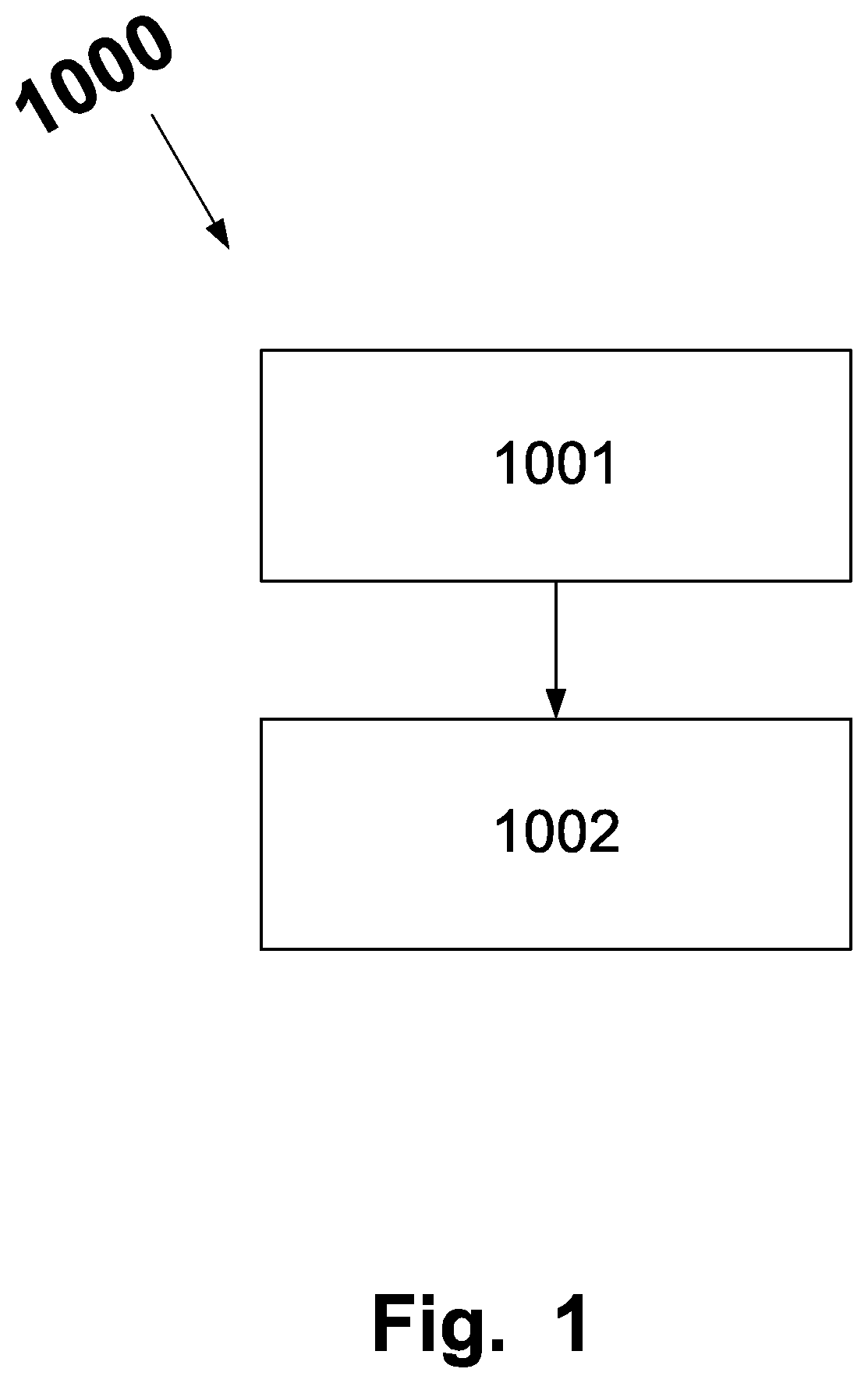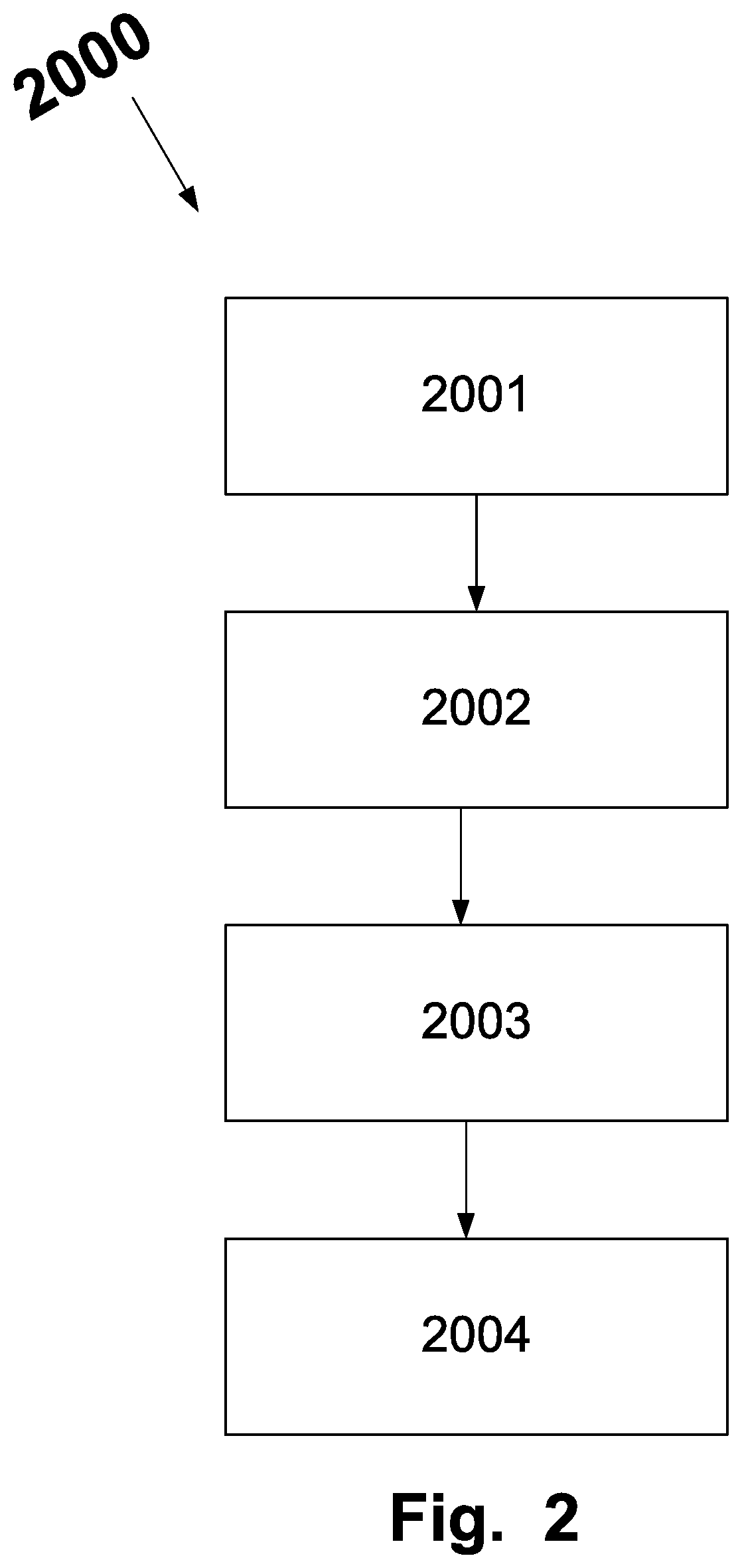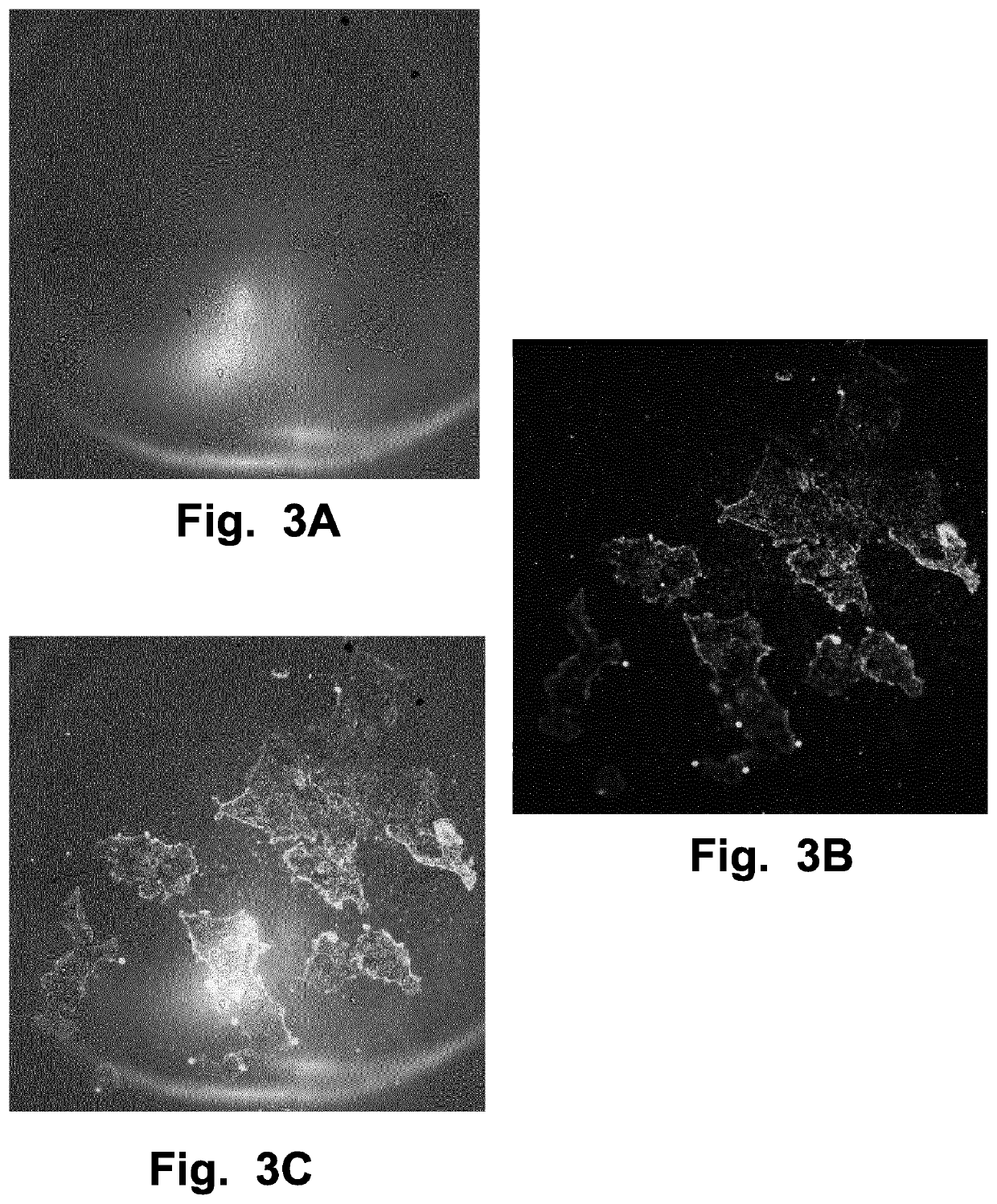A method of analysing a sample for at least one analyte
a technology of sample analysis and analyte, applied in the field of analysing samples for at least one analyte, can solve the problems of affecting the reporter used for locating specific analytes, too strong background staining or weak target staining, and affecting the resolution of the sample, so as to save time and cost, increase contrast, and increase resolution
- Summary
- Abstract
- Description
- Claims
- Application Information
AI Technical Summary
Benefits of technology
Problems solved by technology
Method used
Image
Examples
examples
[0082]In some examples, the targeted biomarkers may be Ku70 / 80, PSA, hK2 and the HER2, all expressed in prostate carcinoma to varying extents. The antibody-functionalized particles may be tumor targeting by employing tumor-specific ligands, such as antibodies, its F(ab′), F(ab′)2 or Fab, or small molecules which recognize tumor-associated antigens in the prostate cancer microenvironment. The advantage of this targeting compared to passive targeting (non-tumor specific biomolecule), is the highly specific interactions between the ligands and the tumor antigens, enhancing the tumor retention of the particle constructs and at the same time minimize the unspecific binding to non-target cells. Examples of ligands are:
[0083]The INCA-X antibody, a human IgG1 antibody with specificity for epitopes associated with the Ku70 / Ku80 complex that has been shown to specifically bind to and rapidly internalize in an aggressive prostate cancer cell line (PC-3).
[0084]The 5A10 antibody, a murine antibo...
PUM
| Property | Measurement | Unit |
|---|---|---|
| Time | aaaaa | aaaaa |
| Covalent bond | aaaaa | aaaaa |
| Morphology | aaaaa | aaaaa |
Abstract
Description
Claims
Application Information
 Login to View More
Login to View More - R&D
- Intellectual Property
- Life Sciences
- Materials
- Tech Scout
- Unparalleled Data Quality
- Higher Quality Content
- 60% Fewer Hallucinations
Browse by: Latest US Patents, China's latest patents, Technical Efficacy Thesaurus, Application Domain, Technology Topic, Popular Technical Reports.
© 2025 PatSnap. All rights reserved.Legal|Privacy policy|Modern Slavery Act Transparency Statement|Sitemap|About US| Contact US: help@patsnap.com



